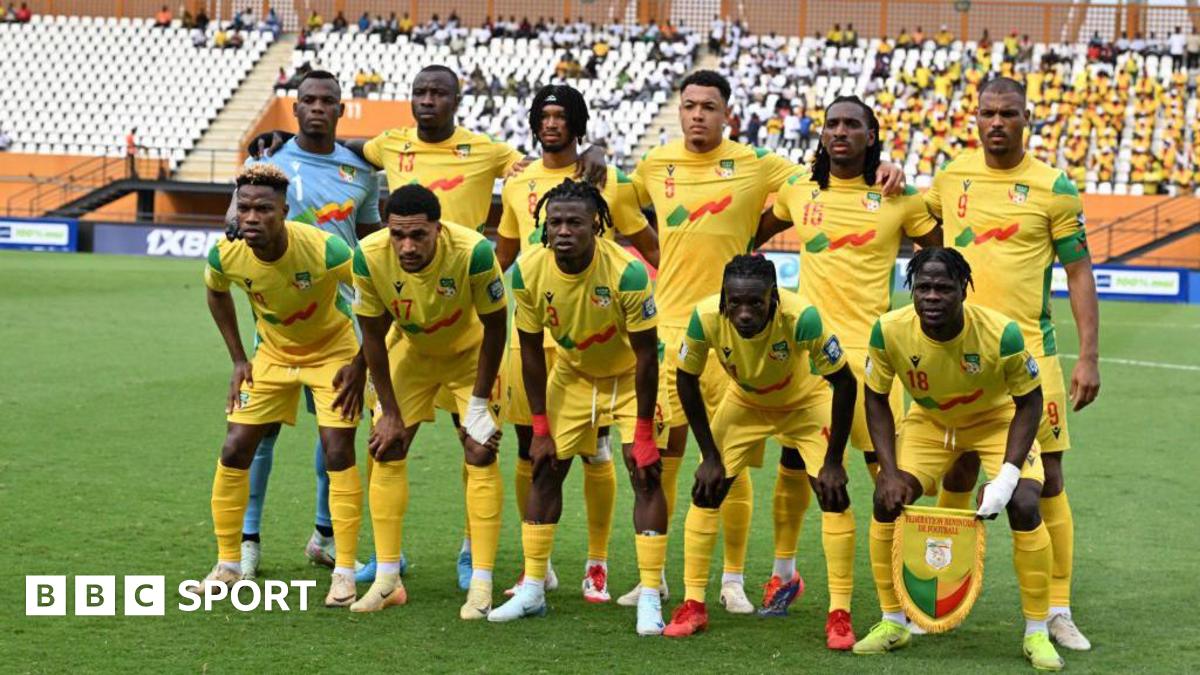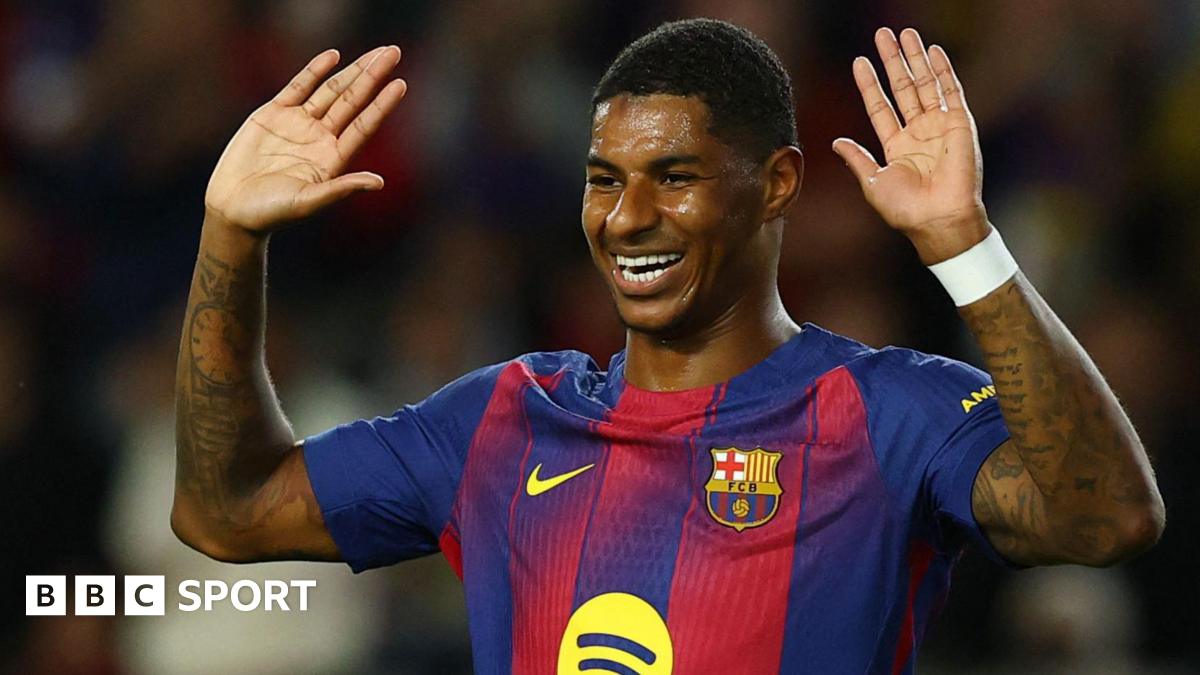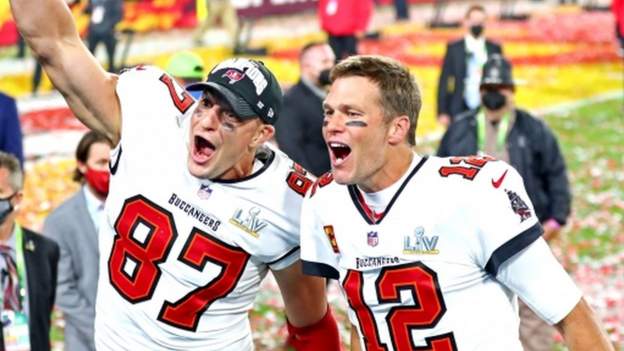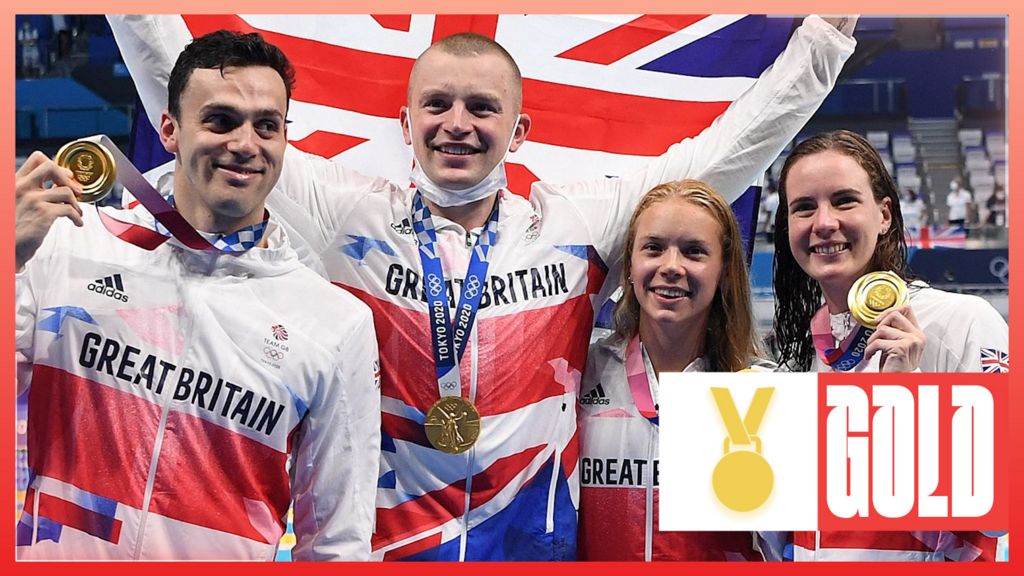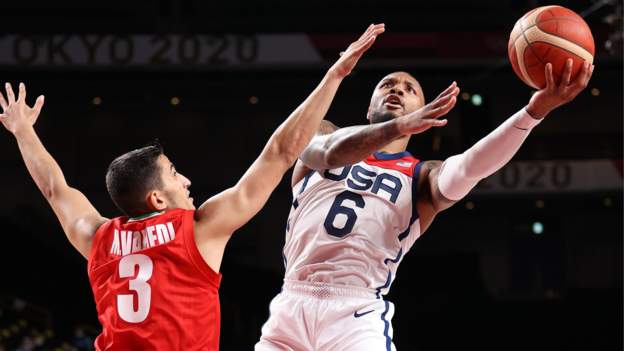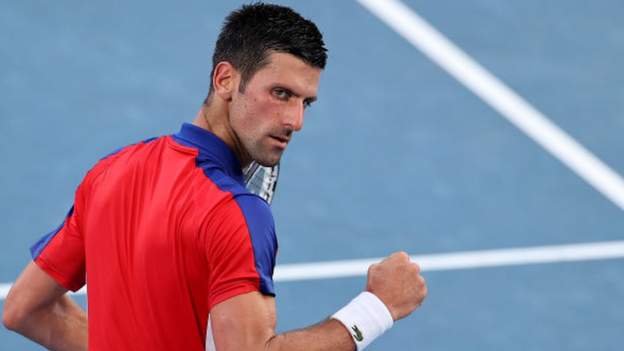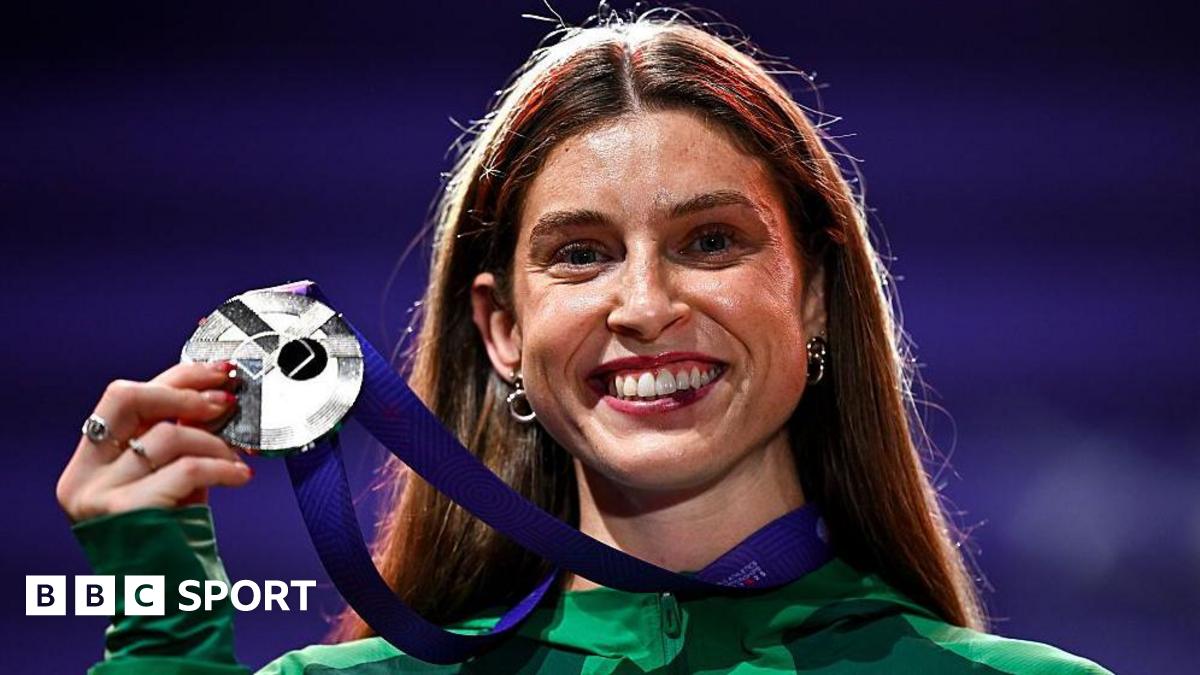When he was 19, Great Britain’s Elliot Giles was in what should have been a career-ending motorbike crash.
The injuries he sustained – a damaged posterior cruciate ligament, torn gluteal, severe hematoma on his back and brain damage – would be enough to stop many people even thinking about running again.
But seven years later, Giles, now 26, has made middle-distance running history by clocking the second-fastest indoor 800m ever and breaking Sebastian Coe’s indoor 800m British record which had stood since 1983.
So, how did he get from those injuries to the history books?

Waking up in hospital
Elliot Giles is still relatively new to his sport. He only started competing at 16 and after two years of taking running seriously, he was injured for three years, with a tibia stress fracture and a damaged Achilles tendon.
And in July 2014, he was knocked off his motorbike by a car in central Birmingham.
“My little brother was on the back of the bike at the time and flipped over the top of it. My knee was wedged in between the bike and a car, so I was trapped. I landed on the kerb and hit my head on a bollard so I blacked out,” he told BBC Sport.
Giles does not remember anything until waking up in agony the following day in hospital. In fact, his only memories of the accident come from watching CCTV footage and his brother’s experience of it.
“It was scariest for my brother, because he stood up and saw his big brother on the floor, not moving. Luckily there was a doctor in one of the cars behind who saw the whole thing and helped before the ambulance came.”
Giles had to learn how to walk again and he also faced a mental challenge as he struggled to read or write for a while.
The crash happened when the Birchfield Harrier was home for summer after his first year at St Mary’s University in London. After returning in the autumn, his lecturers asked if they could speak to him. Showing him his first-year essays and comparing them to his second-year writing, they accused him of plagiarism.
“They were like, ‘Genuinely, like this isn’t the same person.’ I had to tell them that I’d been in a bike crash. They retracted that statement immediately when they realised that there was a reason for it,” he said.
“But I could understand it because what I was writing in second year was absolute gibberish. I’d meet the word-count but it was just a whole load of nonsense.”
He re-took is second year so he could “re-gather himself” and says he is now “back to normal”.
From learning to walk again to preparing for Olympics
Giles was bed-bound for three weeks after the crash and on crutches for three more. By January 2015, was able to slowly jog.
By February, he was beginning to ease into training sessions on the track. But it was only in April that he started properly running again. Fast-forward to July – just one year after the accident – Giles made the British Championships 800m final.
Since then, he has won four British titles, went to the 2016 Olympics and made a World Championships semi-final. But breaking the national record last month has shown how comfortable he is becoming on the world stage.
Giles says the main reason he has performed so well recently is because he has finally learnt to enjoy competing.
“I always said if I could race the way I train, I knew I could be one of the best in the world,” he said.
“I train so chilled-out, having a laugh with the lads. But I would go to a race feeling like a caged animal on the start line, even getting heart palpitations. I was always so nervous for days before, that when I got there, I’d be on edge and completely flat.
“Over time I realised that I needed to start enjoying myself too. Something just clicked and I realised that I actually love running and feeling free, beyond the sport itself.
“I don’t even get a flutter of nerves anymore. I just enjoy myself like I do in training.”
This year is the first time he has had real continuity in training without injuries, leading to greater consistency.
“I know [my times] are a massive surprise for everyone else, but I expected them,” he said.
Looking ahead to this summer’s Olympics, Giles is staying level-headed.
“I’m not under any illusion – I ran very quick once. And I don’t expect it to just happen again at the click of a finger. I’ve got to go and back it up and do it some more,” he laughs.
Spikes controversy ‘has been tough’
Stepping up and breaking records means more time in the media spotlight.
And since breaking Coe’s record that has shone firmly on his footwear, with Giles saying he is fed up of people insinuating that the only reason he is running so fast this season is because of the high-tech ‘super spikes’ he wears.
There is an ongoing debate about the advantage of ‘super’ shoes and spikes. In 2016, scientists found that the then-new Nike prototype road running shoe provided an average 4% improvement in running economy. In 2018, Olympic Champion Eliud Kipchoge shaved one minute and 18 seconds off the marathon world while wearing ‘super shoes’.
Journalist Sean Ingle wrote in the Guardian “it is entirely wrong for Giles to dismiss the impact of technology – doubly so, given historical times and records are deeply embedded into the soul of track and field.”
Giles points out that he has been wearing the spikes since 2019. His times did not improve in his first year with them, and in his second year he shaved only half a second off his personal best (PB).
“It’s difficult – I’ve been bombarded over this. To be honest it’s been really tough because I’m having to explain myself constantly to everyone who’s accusing me of not running the time,” Giles said.
“I read hundreds of comments saying, ‘He just ran that fast because of his spikes’. But I’ve worn these spikes for three seasons, and people had no problem with them in 2019 or 2020.
“I love the sport and I’m not going to stop it because it’s just part and parcel. But one day, I’ll just run a race with trainers on and then I can shut them up.”
Great Britain’s Jamie Webb, who finished second in that same record-breaking race, also ran inside the 38-year-old British record, clocking 1:44:54. Webb’s time was a 1.72-second improvement on his indoor personal best. But he was not wearing ‘super spikes’.
Giles’ indoor PB improvement of 1.83 seconds was by no means a massive jump compared to Webb’s.
World Athletics president Lord Coe says he is “pretty calm” about the impact the spikes are having on athletes’ performances, and that Giles’ record “shows that Britain has got a crop of really exciting middle-distance runners again”.




